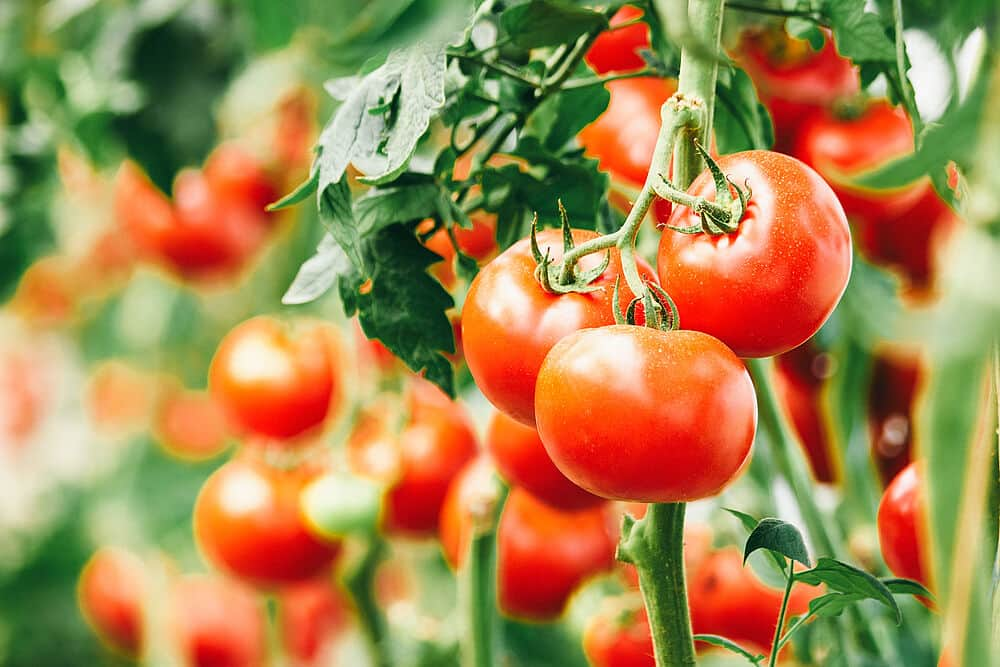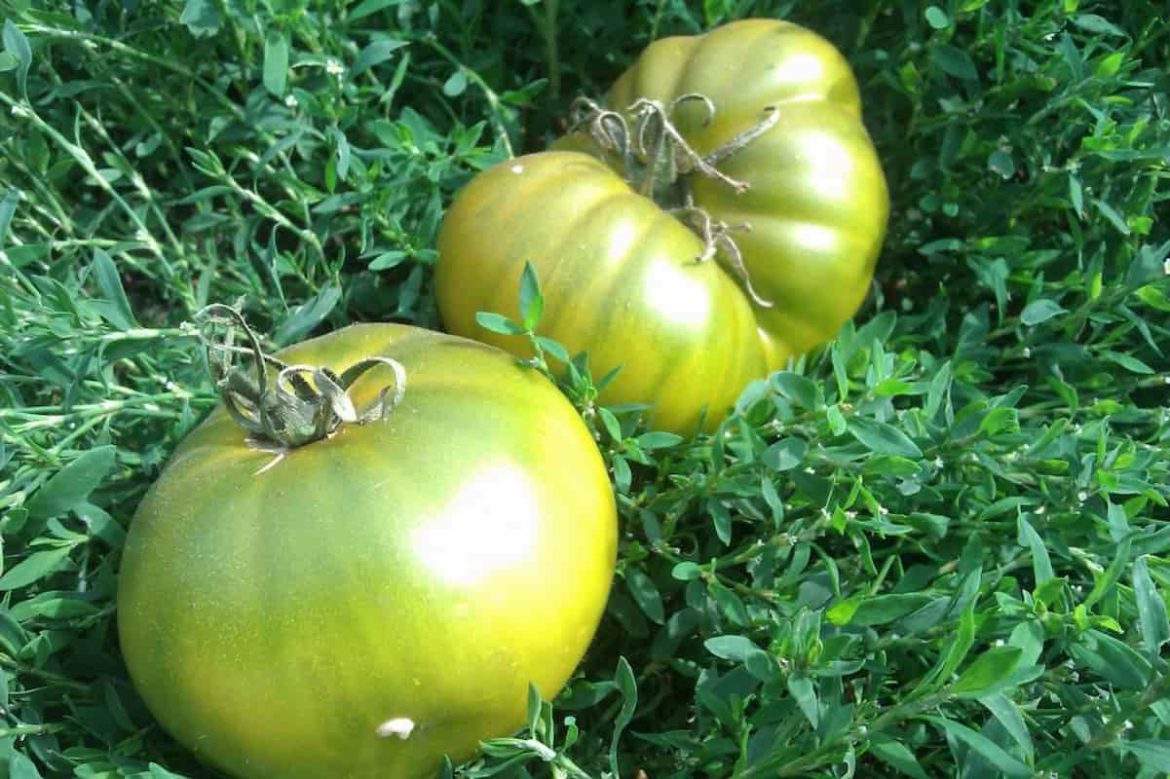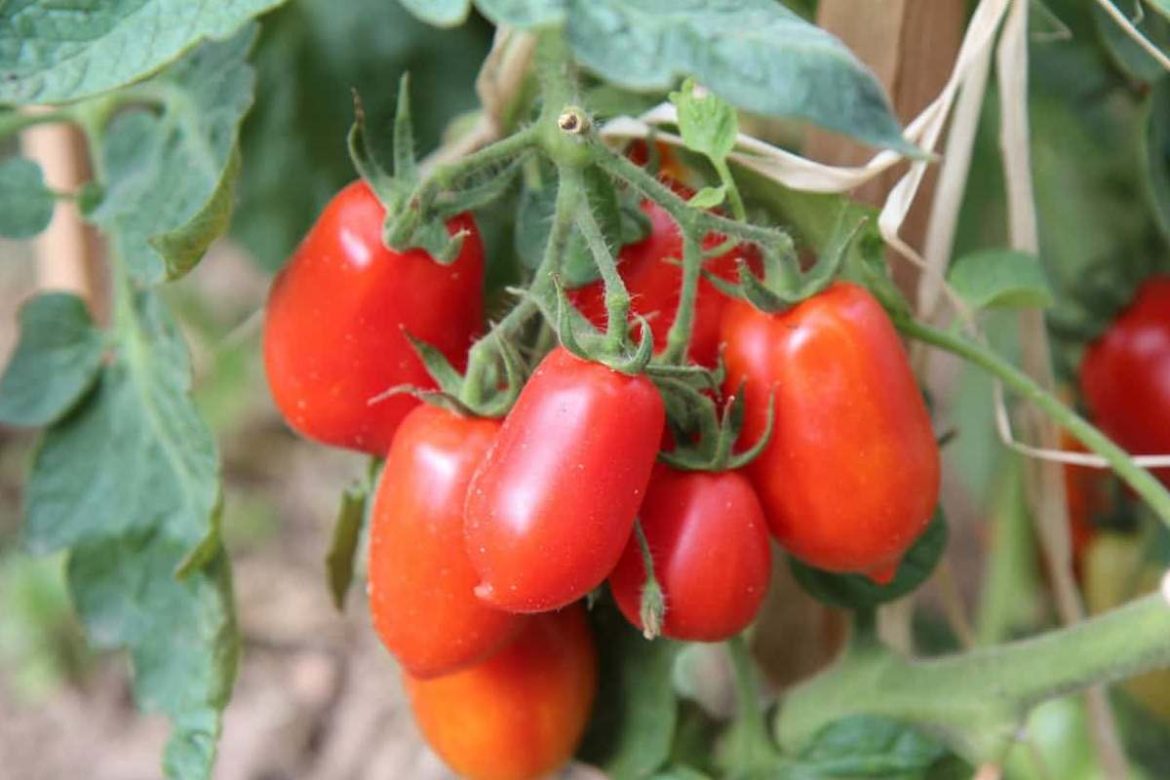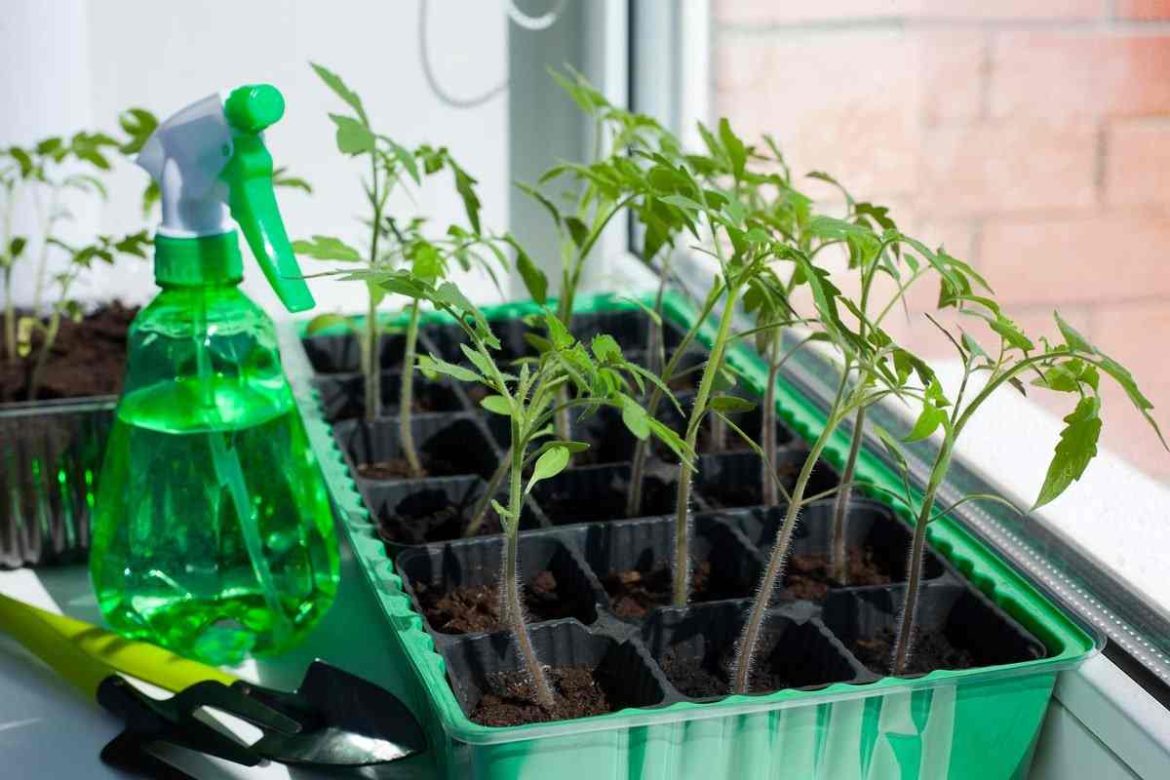Roma tomato plant not flowering + diseases
There are many diseases that stop various tomato plant types such as Roma not flowering
What’s Wrong With My Tomato Plants If They’re Not Flowering? A lack of flowers on otherwise healthy tomato plants can be caused by a number of dietary and environmental variables
It may have an additional impact on the amount of fruit produced
When tomato plants grow to be large and lush but produce no blossoms, it can be very disappointing
The flowering stage of a tomato plant’s life cycle is the most important stage
If there is no flowering, there is a very small likelihood that there will be juicy tomato fruits later on
The following paragraphs will outline the several adversities that tomato plants have to endure in order to flower properly
Insufficient Amount of Sunlight
For optimal growth and flowering, tomato plants require between 6 and 8 hours of sunlight per day
It is possible that they will not flower if they are not exposed to long periods of direct sunshine

To produce fruit, tomato plants require warm temperatures and a lot of sunlight (about 6-8 hours)
It is possible that the plant will stop producing blooms if it is not receiving adequate sunshine
Additionally, if there is exposure to light for an extended period of time, this may still have an effect on the blossoming process
Harm caused by parasites, insects, or diseases
There are periods when tomato plants are vulnerable to a number of different illnesses and pests
It is possible that the tomato plants will lose their ability to produce blossoms as a result of this
It’s possible that tomato plants are simple to cultivate
However, they are also susceptible to a number of diseases as well as attacks from a variety of pests
It has come to my attention that the flowering of tomato plants can be negatively impacted by a variety of fungal diseases, such as botrytis, severe bacterial spot, and bacterial speck pressure
Therefore, it is possible that the damaged plants will not produce fruits
Over Fertilization
If there is too much nitrogen in the soil, the tomato plants might not develop enough blooms to support fruit production
On the other hand, it might promote the expansion of the foliage

Nitrogen, phosphorus, and potassium are three essential nutrients for the development of tomatoes
However, the flowering could be affected by either high or low levels of nitrogen in the soil
In the early phases, it’s possible that encouraging vegetative growth with high doses of nitrogen fertilizer will help
However, it may prevent the development of flowers and the process of pollination, which would result in a lesser fruit output
In contrast, low nitrogen levels can result in vines that are weak and spindly
There is a possibility that it will not be enough to sustain the growth of tomato plants
Problems Relating to Watering
One further thing that can prevent tomato plants from blossoming is watering them too little, which leads to a lack of nutrients in the soil
However, excessive watering could also be a concern
Tomato plants typically have deeper roots that can grow to a length of approximately 5 feet
In order for it to produce more fruit each week, it needs between 1 and 1 and a half inches of water
It is possible that the plants will experience stress as a result of the shallow watering due to the low soil moisture
It’s possible that tomato plants won’t flower properly as a result
However, make sure that they are not submerged in water
Excessive heat and moisture in the air
It’s possible that the tomato plants won’t flower as much if they’re subjected to high temperatures for an extended period of time
It’s possible that this is because the plant prioritizes maintaining its health over producing flowers

Temperatures between 70 and 85 degrees Fahrenheit are optimal for tomato growth
However, if the daily temperature is over 90 degrees Fahrenheit, there may be no flowering
It may be able to withstand extremely high temperatures for brief periods of time
After then, rather than producing flowers, the plants will make an effort to conserve energy so that they can continue living
The same process takes place when frigid temperatures are present
It’s possible that the low evening temperatures will prevent the flowers from blossoming since the pollen will become inviable
As a result, insufficient pollination might result in the blooms withering and falling off
Between 40 and 70 percent relative humidity is ideal for tomato plants
If there is a fluctuation in the humidity, it may impede the process of pollination and cause the flowers to not open properly
Different tomato varieties
There are certain tomato types that produce more blooms than others
The flowers will only be produced by the determinate type of the plant once, however the indeterminate variety will continue to bloom throughout the entire growing season
It has come to my attention that not every tomato plant produces the same number of tomatoes
While other types of the plant are not known for their high yields, certain variants are
There are variations that are either determinate or indeterminate
Determinate kinds reach a maximum height that is predetermined and then stop bearing fruit after they have done so once
Fruits may continue to be produced by indeterminate kinds right up until the first frost
Challenges with Pollination

There are instances when tomato plants will produce enough blossoms, but those flowers will wither away without developing into fruit because they were not pollinated
Blossom drop is the name given to this condition
Pollination and fruit production in tomato plants are dependent on air movement, wind, and the presence of bees
There is also the possibility that the tomato plants will grow blooms, but those flowers will eventually fall off, and the plants will not produce any fruits
It’s possible that the tomato plants are suffering from nutritional deficiencies or environmental stress
The condition known as blossom drop describes what happens to a flower when its stem becomes yellow and its blooms fall off
Pollination and fertilization will be hampered as a result of the disturbance
How Can I Make My Tomato Plants Produce More Flowers? If your tomato plants are not producing flowers, you may need to increase the amount of water and fertilizer you give them, increase the amount of sunlight they receive, and take preventative steps against disease
You might go with an indeterminate type of plant if you want more flowers
If you follow the advice in this article, you should be able to prevent the tomato plants from having troubles blossoming most of the time
Tomatoes should be grown on indeterminate plants
Pick tomato plant kinds that do well in the soil and climate of your region
In addition to that, make sure there is pollination
Tomato plants with an indeterminate growth pattern continue to produce flowers for a longer period of time
Be sure to give the tomato plants consistent watering
To ensure that your tomato plants thrive despite the high daytime temperatures, cultivate them in soil that drains properly and water them frequently
In addition to this, make sure that the root zone is kept moist at all times during the growing season
Tomato plants will experience less stress as a result, and blossom will be stimulated

Make sure there is enough light and air circulation
By keeping sufficient distance between the tomato plants, you will promote healthy air circulation
In addition, you might use a stake or a cage to encircle the plants and prevent them from growing into one another
Pick a location that gets a good amount of sunlight throughout the course of the day
Do not plant anything near the trees or the structures
Utilize the appropriate level of fertilizer
The development of healthy flowers on tomato plants calls for a fertilization regimen that is well-balanced
In order to have a healthy fruit output, it needs contain a sufficient amount of nitrogen, potassium, and phosphorus
The University of Missouri suggests using a fertilizer that has a low nitrogen content but a high phosphorus and potassium content in order to encourage increased flowering in tomato plants
In addition to the trace elements, the fertilizer that I like to use most is one that has nitrogen, phosphorus, and potassium in the proportion of 5-10-10
Follow all of the routine for disease and pest control
Take the necessary steps to prevent pest infestation
You should examine the foliage for any signs of wilt, stains, or sores
Take action as soon as possible if you become aware of any indications of disease in order to stop the propagation of the infectionIf the disease cannot be treated, the plant may need to be removed from the garden









